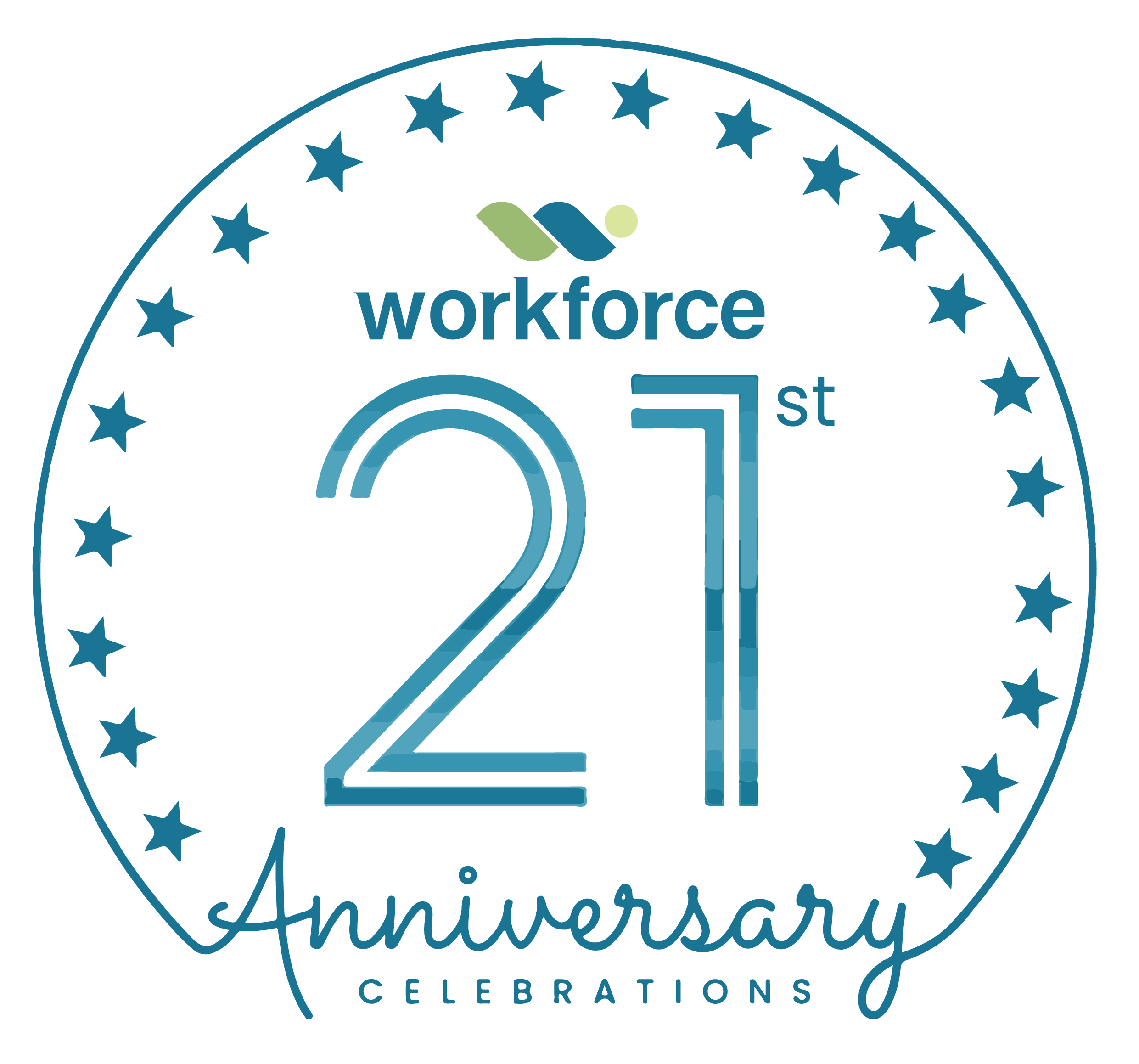Hiring top talent is critical to sustaining competitive advantage and achieving operational success in today’s fast-paced business environment.
Traditional recruitment methods, relying heavily on resumes and interviews, often fall short in identifying candidates who truly align with a company’s needs. Enter pre-employment assessments—a powerful tool that can transform your hiring process.
This article explores the benefits of integrating pre employment assessments into your recruitment strategy, focusing on how they help evaluate candidates’ skills, personality, cognitive abilities, and cultural fit to ensure you hire the best talent.
The Limitation of Traditional Hiring Methods
Traditional hiring practices, such as resume screening and unstructured interviews, have been the cornerstone of recruitment for decades. However, these methods have significant limitations:
- Bias and Subjectivity: Unconscious biases can influence hiring decisions, leading to unfair assessments of candidates.
- Limited Insight: Resumes often highlight experience and qualifications but do not indicate a candidate’s potential for success or cultural fit.
- Inconsistent Evaluation: Interviews, particularly if unstructured, can vary greatly depending on the interviewer, leading to inconsistent evaluations.
What Are Pre Employment Assessments?
Pre employment assessments are tests or evaluations employers use to screen job candidates. These assessments can evaluate various attributes, including cognitive abilities, skills, personality traits, and cultural fit. By providing objective data, they help employers make more informed hiring decisions.
Pre employment assessments are tools to evaluate candidates beyond their resumes and interviews. They offer objective data about a candidate’s capabilities, reducing bias and predicting job performance. Different types of pre employment assessments focus on various attributes, including They offer objective data about a candidate’s capabilities, reducing bias and predicting job performance. Different types of pre-employment assessments focus on various attributes, including
1. Skills Assessments
Test specific job-related skills, ensuring candidates have the necessary competencies (e.g., coding tests for developers, writing samples for content roles).
2. Cognitive Assessments
Measure problem-solving abilities, learning aptitude, and critical thinking.
3. Personality Assessments
Evaluate traits that influence workplace behavior, such as teamwork, adaptability, and leadership potential.
4. Cultural Fit Assessments
Determine alignment with company values and culture, crucial for long-term retention.
Benefits of Pre Employment Assessments

1. More Objective Hiring Decisions
Pre employment assessment provide objective data, reducing the influence of biases that often affect hiring decisions. This ensures that candidates are evaluated based on their abilities and potential rather than subjective factors.
2. Improved Prediction of Job Performance
Pre-employment assessment are designed to predict how well a candidate will perform in a specific role. Cognitive and situational judgment tests, for example, can indicate how a candidate might handle real-world challenges.
3. Reduction of Unconscious Bias
Bias in hiring can lead to poor decisions and negatively impact workplace diversity. Pre-employment assessments help mitigate this by providing consistent and fair evaluation criteria.
Recommended Post: Employee Background Check in Fsis
Types of Bias Addressed
- Confirmation Bias: Pre employment assessments prevent relying solely on first impressions formed during interviews.
- Affinity Bias: Evaluating candidates on standardized criteria reduces the likelihood of favoring those with similar backgrounds or interests.
Example: Companies using anonymous pre-employment assessments—where candidate identities are hidden during initial evaluations report higher diversity in their hiring outcomes.
Implementation Tip: Regularly review and update assessment tools to ensure they remain unbiased and inclusive.
4. Faster and More Efficient Hiring
Pre-employment assessment can streamline the hiring process by quickly identifying candidates who meet the minimum requirements for a role.
5. Enhanced Cultural Fit Identification
Hiring candidates who align with your company’s culture is crucial for retention and team cohesion. Personality and cultural fit pre-employment assessments can help identify candidates whose values and work styles match your organization.
6. Cost-Effectiveness
While there is an upfront cost to implementing pre-employment assessment, they can significantly reduce costs associated with bad hires, such as training, severance, and rehiring.
- Reduced Turnover: Hiring the right candidates lowers turnover rates, saving recruitment and training costs.
- Minimized Bad Hires: By ensuring candidates have the necessary skills and fit the company culture, the likelihood of costly hiring mistakes decreases.
Example: A retail chain found that its turnover rates dropped by 20% after implementing pre-employment assessments, saving over $100,000 annually in hiring and training costs.
Implementation Tip: Calculate the ROI of pre-employment assessments by tracking improvements in turnover and reduced bad hires.
7. Increased Workforce Diversity
By focusing on skills and abilities, pre-employment assessments promote diversity in the workplace. This leads to a more inclusive environment where candidates from various backgrounds have equal opportunities.
Implementing Pre-Employment Assessments in Your Hiring Process

To successfully integrate pre-employment assessments into your recruitment strategy, consider the following steps:
1. Identify the Right Assessments
Choose pre-employment assessment that align with the specific requirements of each role. This ensures relevance and accuracy in measuring candidate potential.
2. Integrate with Your Recruitment Workflow
Seamlessly incorporate pre-employment assessments into your existing hiring process, preferably through an applicant tracking system (ATS), to maintain efficiency.
3. Set Clear Benchmarks
Define passing scores and criteria for each assessment to ensure candidates meet the necessary standards.
4. Combine with Traditional Methods
Use pre employment assessments alongside interviews and reference checks to form a comprehensive view of each candidate.
5. Continuously Review and Update
Regularly evaluate the effectiveness of your pre employment assessments and make adjustments based on hiring outcomes.
Best Practices for Implementing Pre-Employment Assessments
1. Define Clear Objectives
Determine what you aim to achieve with pre-employment assessment whether it’s evaluating skills, reducing bias, or improving cultural fit.
2.Select the Right Tools
Choose pre-employment assessments that align with job requirements and your company’s goals. Ensure they are validated and reliable.
3. Integrate with Existing Processes
Incorporate pre-employment assessment into your current hiring workflow, using technology to streamline the process.
4. Maintain Transparency
Inform candidates about the assessment process and how their results will impact hiring decisions.
5.Regularly Review and Update
Analyze the effectiveness of your pre employment assessments and adjust them based on feedback and hiring outcomes.
Conclusion
Pre employment assessments are a powerful tool that can revolutionize your hiring process. By providing objective data on candidates’ skills, personality, and cognitive abilities, they help reduce bias, improve hiring efficiency, and ensure a better fit for your organization.
Implementing pre-employment assessment thoughtfully can lead to more successful hires and a stronger, more cohesive workforce. for better information contact us at hello@workforcegroup.com

